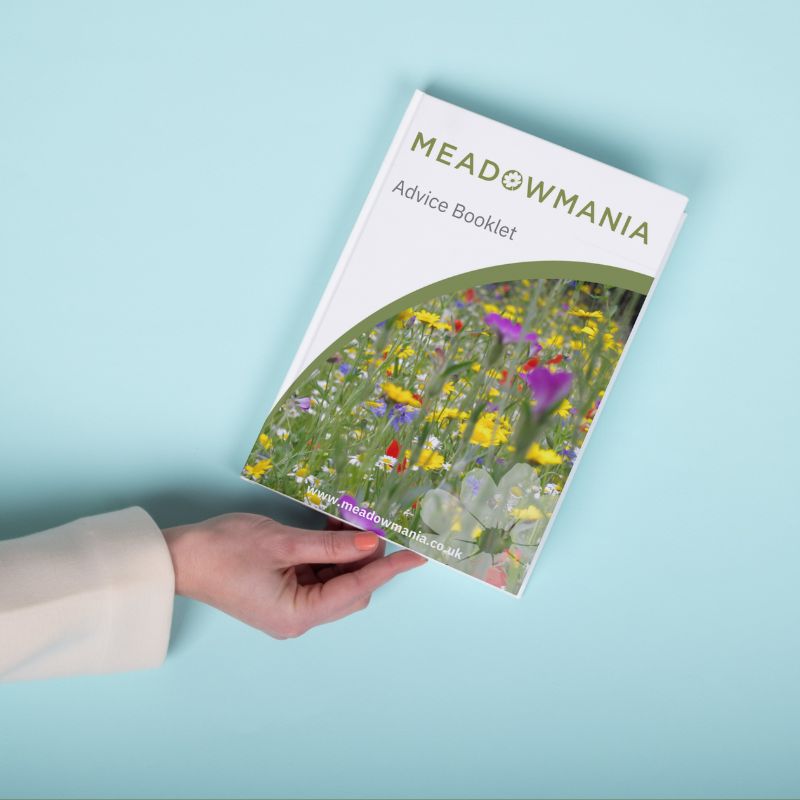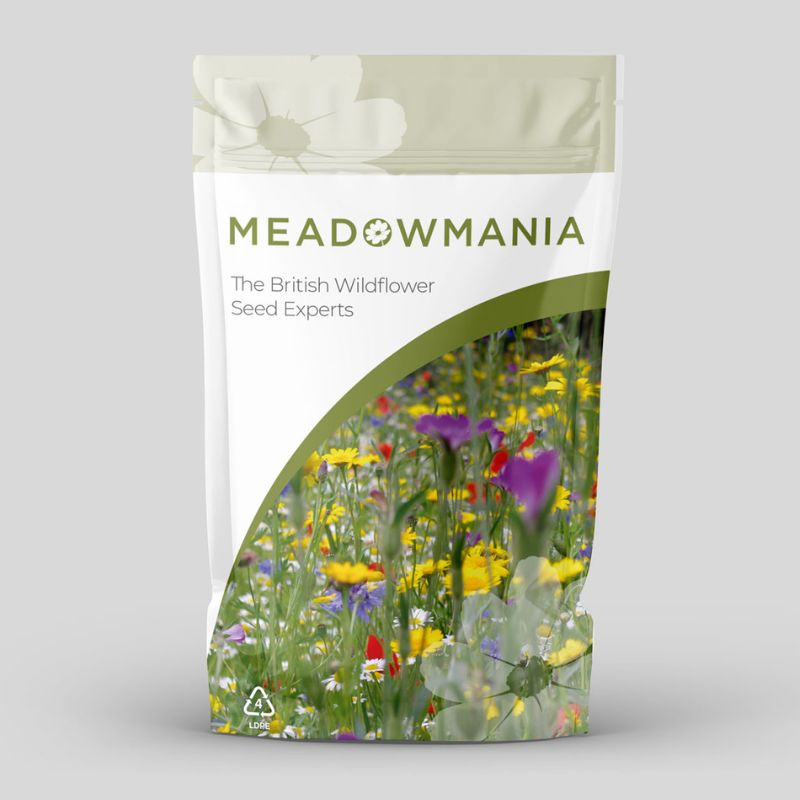
Information on the common grassland weeds
Grassland Weeds |
The list of grassland weeds as follows is not a definitive list. It highlights the main grassland weeds that commonly effect horse pastures. They need controlling as some may be poisonous and other may just be unpalatable or of poor nutritional value. We have added links to each weed giving some of the best advice on how to control them. If you have a problem and are still not sure how to control then I suggest you contact a local agronomist. (While we have highlighted sites that we have found useful we can take no legal responsibility for the advice that they may give.)
NettlesThese are one on the most easily recognised of the weeds. Best controlled when growing vigorously, between early May and mid September. Horses will sometimes eat nettles but you have to make sure that they are not taking over a paddock. More info on controlling nettlesDocksCurl leaved dock and broad leaved dock are both classed as injurious weeds (see bottom of page). Serious infestations may need to be sprayed in April /May and in August /September. If there are docks in the field that you are going to rework make sure you have killed them effectively first. A common mistake is to plough or rotovate a field with docks in. This chops up the roots the pieces of which may start to grow again making the problem much worse in the following field. Controlling docks grassland weeds grassland weeds
Creeping ThistleAnother on the injurious weeds list. These require spraying when at an early bud stage (June/July) well established thistles may need repeat spraying to control them. Control of thistlesSpear ThistleAnother on the injurious weeds list. They are dark green in the spring; they have prickly spines on the leaves, which are arranged as a circle at ground level. If spraying it should be done in May/June before the flowering stem emerges. Control of thistlesChickweedThis is a weed that if it takes hold will smother the grasses and is very unpalatable. If spraying it out then it is best done at seedling stage. Control of chickweed organicallyButtercupsBoth the creeping and the meadow buttercup are mildly poisonous if eaten fresh but are all right if eaten in hay. They tend to be most common in wet or over worked land. They can be sprayed out. In general either sorting out the drainage or encouraging the grass to grow will help smother them out naturally. Organic control of creeping buttercupRagwortThis is the most serious and well known problem for horse owners. It is on the injurious list of weeds and is poisonous for horses. Cutting it can encourage it to grow more vigorously. The options are either spraying it off or pulling it out before it self seeds and then destroying the plants away from the field. More info on control of ragwort To protect against certain weeds, which are either poisonous or hard to eradicate some, are listed under the Injurious weed order. Whilst the regulations are not often implemented. Neighbours who get fed up with weed reservoir on a nearby field could use the order to get something done. The best option is to make sure that these weeds are either not present or under control in your fields. |
More from:




